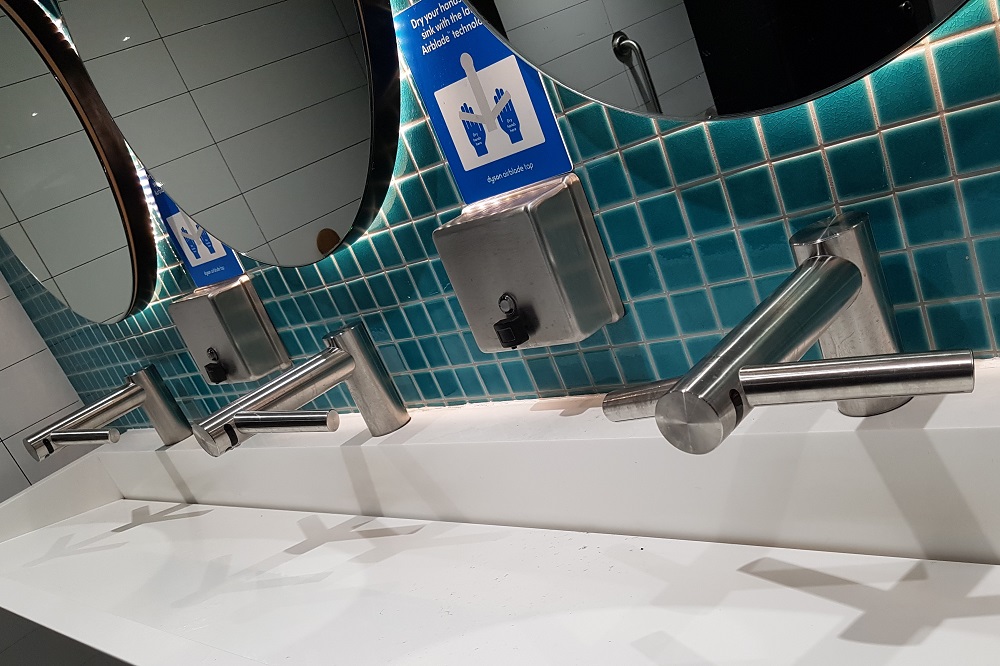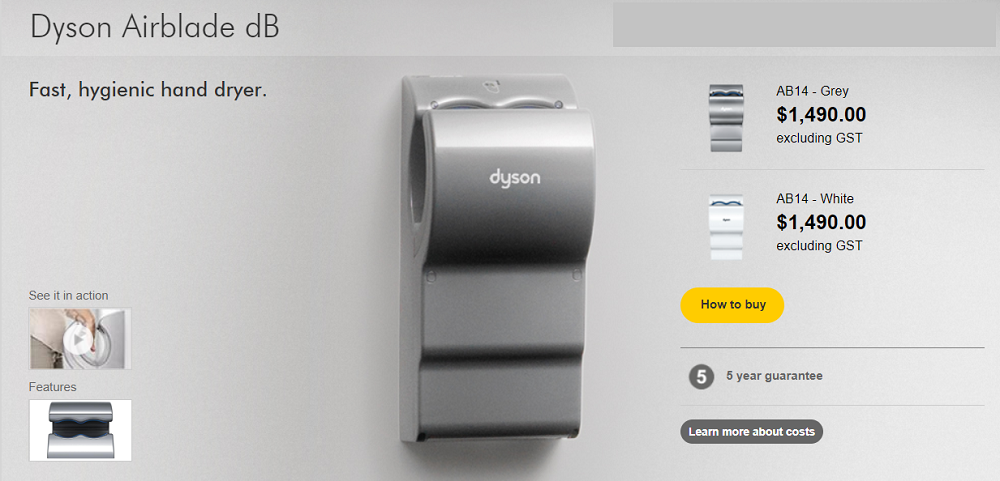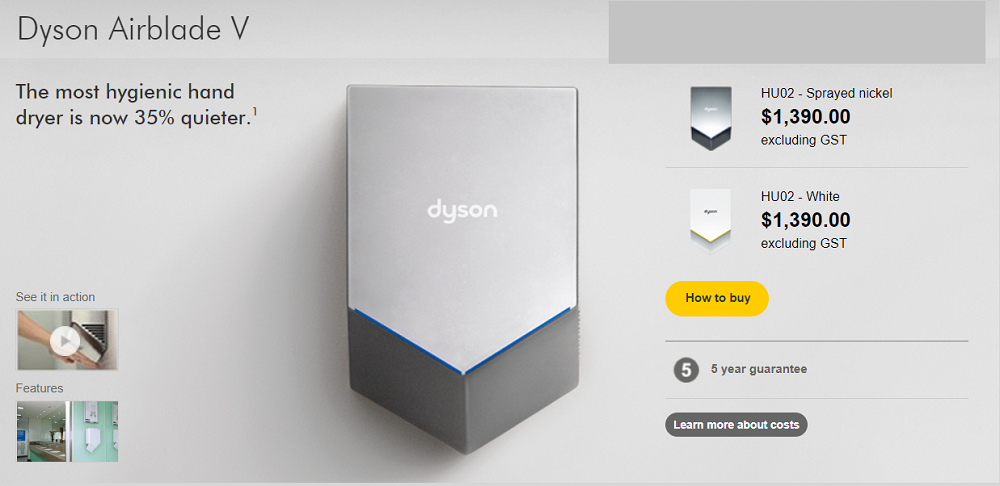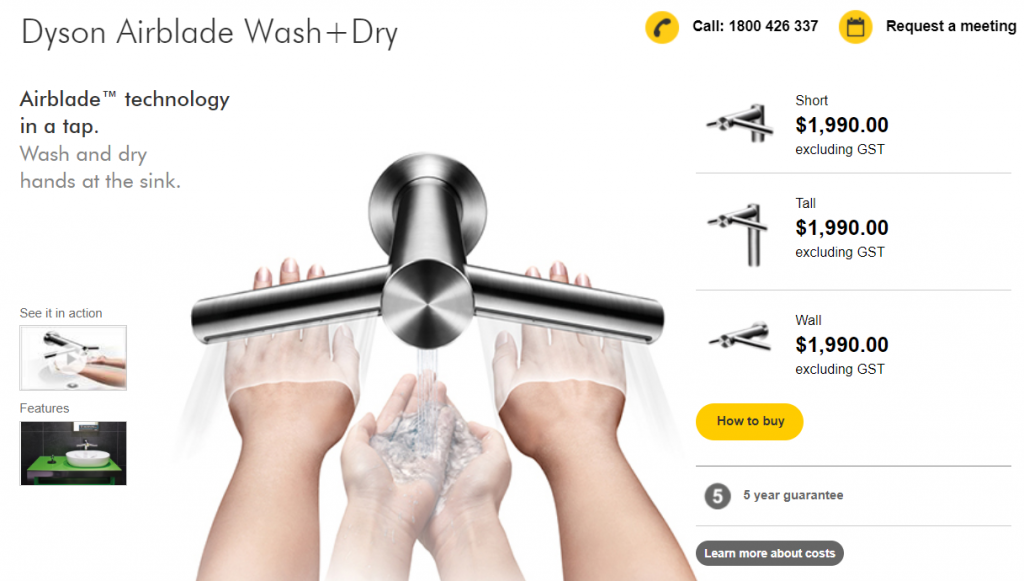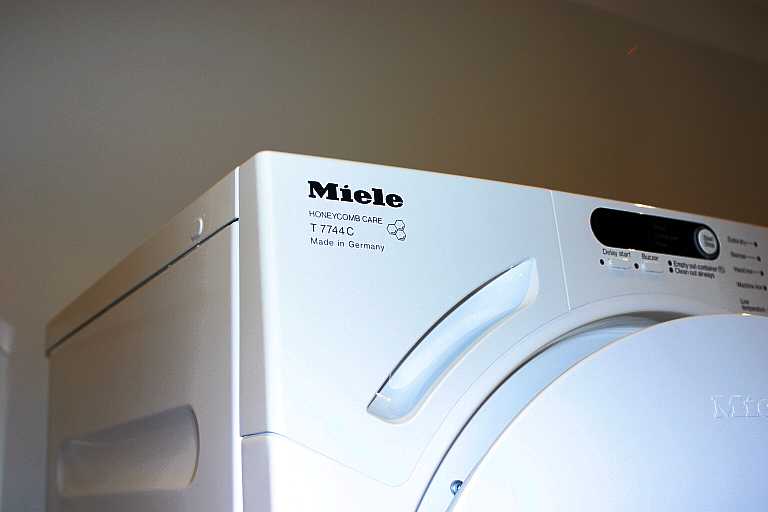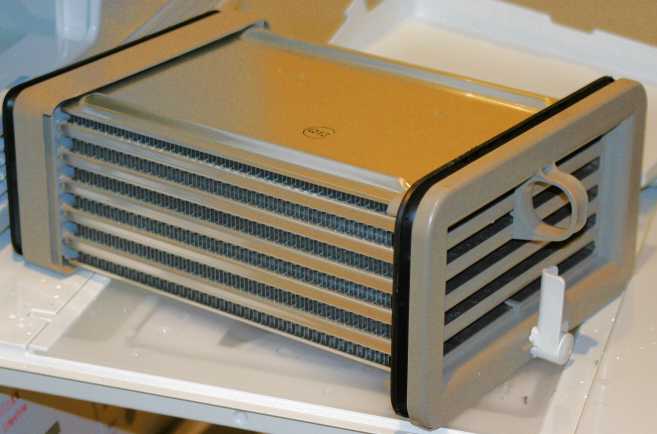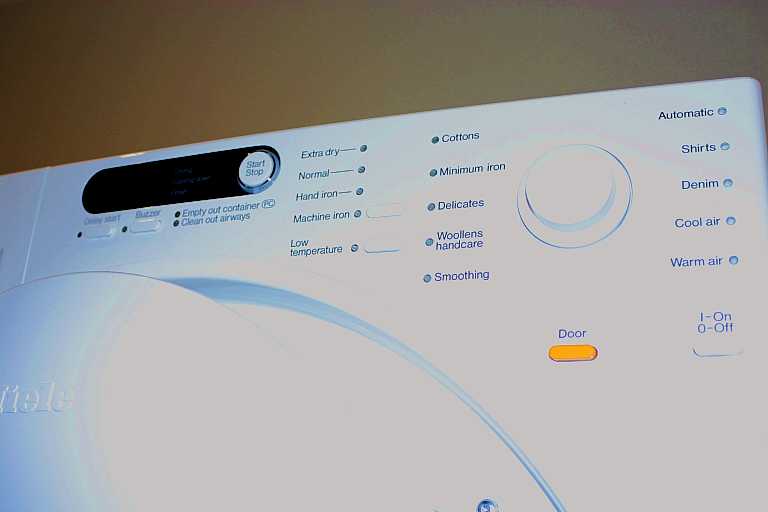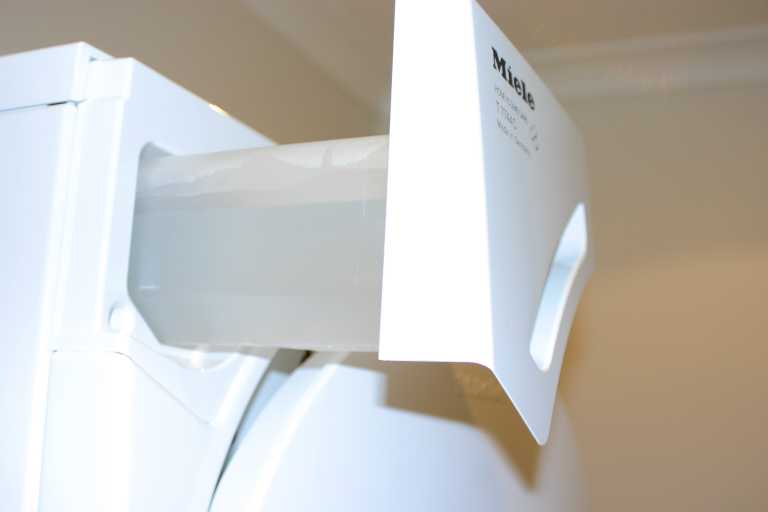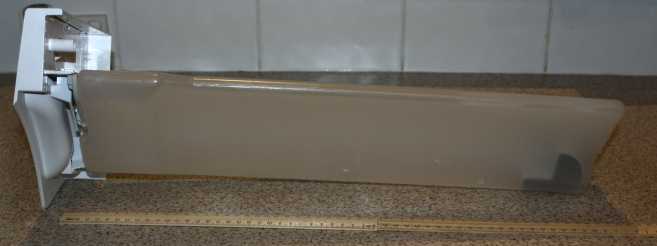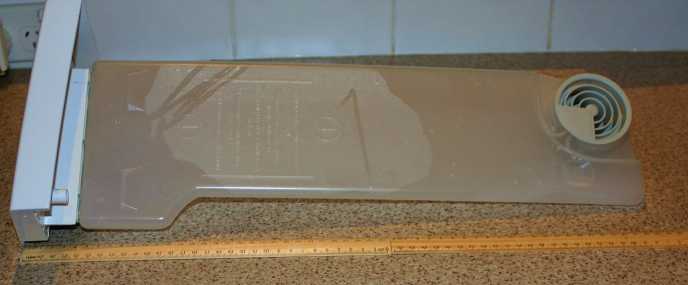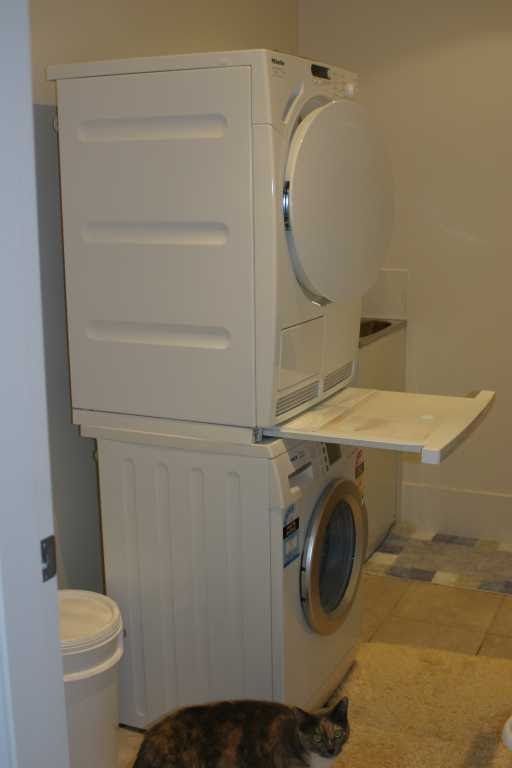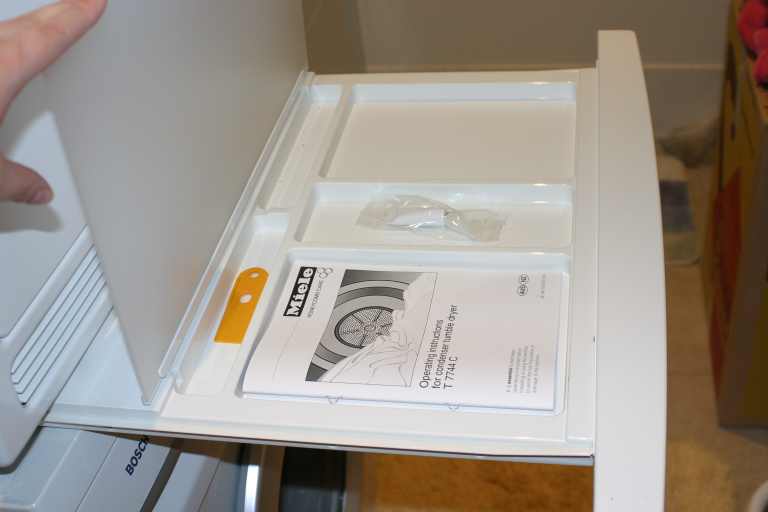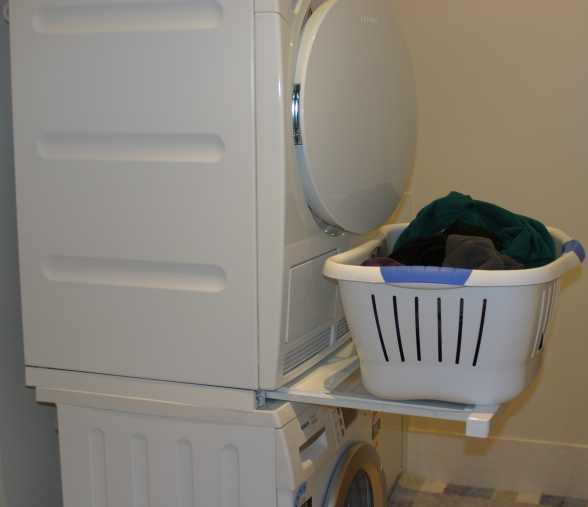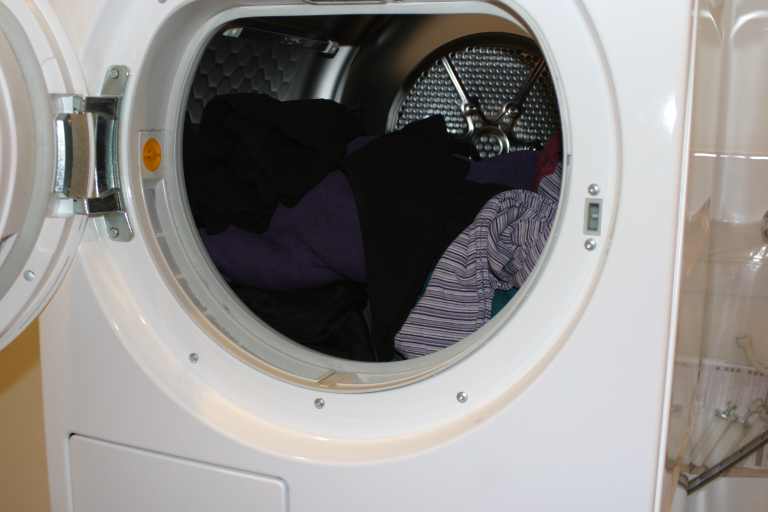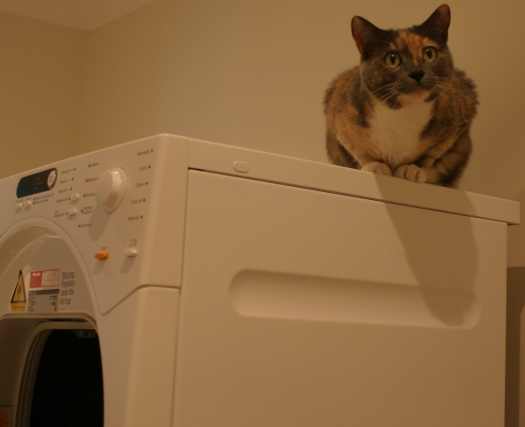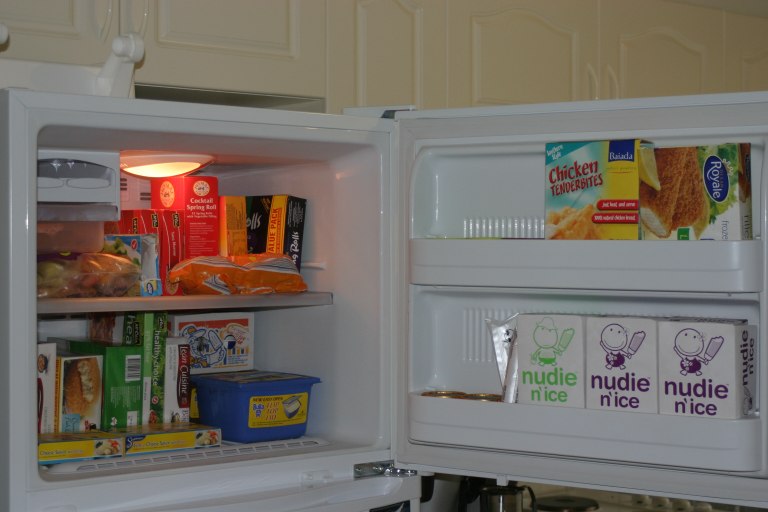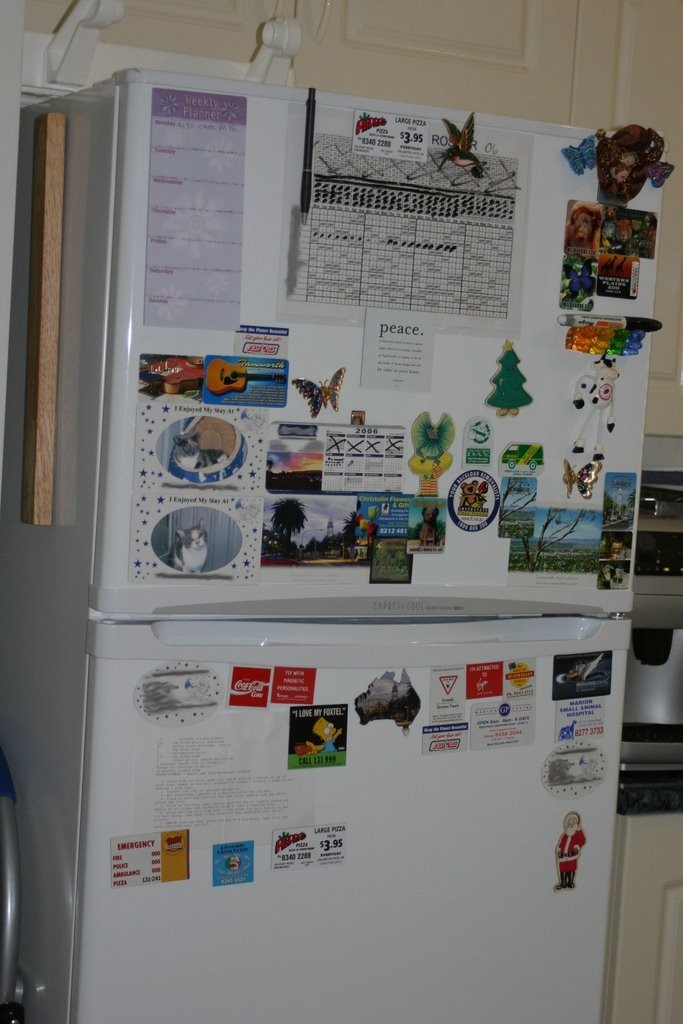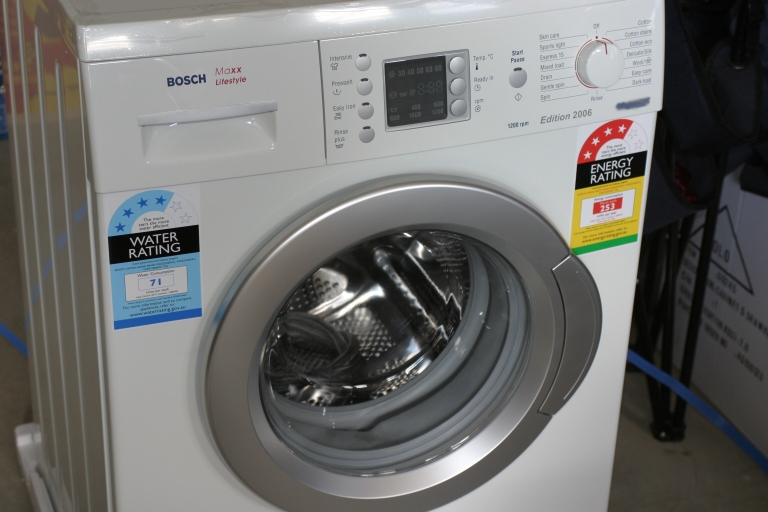This might be the most important blog post I will ever write here on the blog. I ask everyone to link to it, stumble it, digg it, do anything you can to get this post in front of people – the more people who read it, the more likely they will throw out their old – and NEW – top load washing machines which are wasting an incredible amount of water – and hopefully some of those people will begin to pester their political candidates about outlawing these machines entirely.
The Truth Hurts –
I’m sure people who own top load washing machines will be upset when they read this. Don’t blame yourself – you were not educated properly – you did not know most of what I am about to tell you. I’m sorry that you bought a top load machine. I’m sorry that it is *legal* for you to buy a top load machine. It should not be, and I’m about to tell you why.
Many Salespeople Take The Route Of Least Resistance
I’ve mentioned before that I worked in sales for a long time. Over the years I would have sold over a hundred thousand washing machines at least. As the years went by the percentage of machines which were front load became higher and higher – yet there were still people who wanted to buy top load washing machines. A lot of salespeople would simply ask “what kind of machine do you want” and if top load was the answer they never mentioned anything about front loaders.
But Not Me –
I never took the easy road on this topic because it did not sit well with my conscience – I always pointed out the following –
- Top load washing machines use 2-3 times the water a front loader uses.
- We’re not talking a small difference – the average top load uses 150-200 litres of water per wash. A front load uses between 40-80 litres of water.
- Front Load washers are less harsh on your clothes.
- Front Load washers clean your clothes better.
- Front Load washers use less detergent – and there are models on the market where you DO NOT NEED to use detergent AT ALL, though you rarely get that information given to you.
- Top Loader manufacturers do some tricky things to make their machines seem to be using less water than it truly does.
And yet after all that some people still wanted to purchase a brand new top load washing machine which would sit in their home wasting water for the next 2-20 years. Is it any wonder we have a water problem here in this country?
This Allergy May Come To You As A Surprise –
If you have a family member who is allergic to “detergent” and you’re washing with a top load? Chances are they’re not allergic to detergent at all. They’re probably allergic to the dust, dirt, pollen and various other particles which are trapped within the fibres of your clothes. They’re getting a rash because their clothes are not clean – even though they *look* clean to the human eye.
How Top Loads Wash –
Your top load machine takes your clothes and “agitates” them around, trying to get the dirt out of the clothes. Once it has done this, it drains the water – complete with dirt and detergent – back through your clothes, essentially using your clothes as a filter. All the dirt and detergent ends up back in your clothes. It then fills up for another rinse – and then does the exact same thing. All that machine does is move dirt and detergent around, breaking the dirt up to make it smaller so you can’t see it. You are essentially wearing filth. How do you like them apples?
The “Eco” Option –
Some top load machines now offer an “eco” option. The eco option usually means that once the wash water is spun out, it keeps the bowl spinning holding the clothes against the side of the bowl while spraying water onto the clothes from the inside. The theory of this is the water then gets pushed through the clothes due to the spinning action and rinsing out the dirt and detergent.
Of course this theory may fail if you have items of clothing that don’t allow the water to flow through – clothes stuck behind those articles would not be rinsed at all. This option uses 1/3 of the water normally used to rinse the clothes. I’ll leave it up to you to decide whether this option is something you would want to use – it is not very realistic to expect consumers to use it if their clothes don’t come out clean.
Excuses, Excuses..
Some of the excuses people give for not buying a front load are simply laughable. People say things like –
It’s More Bending For Me And My Back Can’t Take It
Actually, it is LESS bending if you purchase a stand for the machine to sit on. If you place the machine on a cupboard (usually around $199-350 from most electrical retailers) you can stand straight, put your clothes basket below the opening and simply pull the clothes out, letting them fall into the basket.
Alternatively, you can do what I did almost for free, put a fluffy rug on the floor and get down on your knees to pull the washing out. Your back will be perfectly straight. The only thing bending in both the examples I just gave will be your arm as you pull the clothes out.
To get things out of your top load you have to reach down into it, which is a different kind of bending all together. You then have to lift wet, heavy items up, out, and into the washing basket. Ask your chiropractor how good that is for your back!
A Top Loader Is What I’m Used To –
Battered wives are used to abuse. Does that mean they should continue to take it? You have a responsibility as a resident of this country – and a resident of this earth – to do everything you can to reduce your water use. To waste water because you are “used” to a top load is a poor excuse, no?
Will you be used to water restrictions? Will you be used to not being able to water your lawn and having to rip it up and replace it with paving? Will you be used to dead plants on your patio? Will you be used to brown golf courses, football ovals and parklands because nobody can afford to water them? Will you be used to empty dams? Will you be used to paying higher prices for water – and everything that needs water like crops, meat, fish, wood and the list goes on – in years to come? All of those are direct results of your reluctance to change.
I’ve Heard Bad Things About Front Loaders –
I’ve heard bad things about the drought. I’ve heard of the heartache it is causing farmers to have to go out and shoot their livestock. I’ve heard about crops lost due to not being able to water them. I’ve heard about increased salinity in our vital rivers. I’ve heard farmers want to increase the price of milk because it is more expensive to feed their livestock due to drought affected crops. I’ve seen the Murray River with my own eyes. I’ve seen dams at half their capacity.
Yes, when front loaders first arrived in this country over 20 years ago we got Europe’s off casts. They were not the best of machines – yet many of them still lasted 20 years or more. The machines today are a huge improvement. Don’t let an offhand comment at a dinner party years ago influence your decision *today*.
I Can’t Understand The Cycles –
That’s why manufacturers invented instruction books. Did you know my other half can tell me exactly how many rinses there are in each cycle of our machine? He read the book. He always reads the book. Everything you may ever want to know about your machine is inside the book. If you can’t read, ask someone to read it to you.
I’ve Heard About Over-Sudsing –
Front load washing machines do not need much detergent. Of course precisely because nobody reads the book, people just throw exactly how much powder they are used to into the machine. Strangely, this causes a SHEDLOAD of suds to appear! It is easily fixed – use less detergent in a front load machine. I use about a teaspoon of detergent, that’s all that is needed. But detergent manufacturers will tell you otherwise.. hmm, could it be they want you to buy more detergent?
If you’ve bought yourself a Miele front loader, don’t bother with detergent at all. Where you would put detergent, you can squeeze in half a lemon, or use a teaspoon of vanilla essence just to give it a nice fragrance. Your Miele washes so well it doesn’t need any help.
I Don’t Want To Buy It Without Trying It –
No problem. Give the manufacturer of the machine you are thinking of buying a call and ask if you can drop by and do a load of washing at their office. Many manufacturers welcome people with open arms and have machines set up there specifically for this purpose – Miele is a good example. If you ask really nicely they might do a special trick for you – they will let you see what is being washed OUT of your clothes. I have seen it with my own eyes – filthy, soapy, terribly dirty water. That is what made me change to a front loader.
If the manufacturer is too far away, contact your local retailer and ask if any of the manufacturers are running a “Money Back Guarantee” where you can try it for a certain amount of days and return it if you don’t like it. I’m certain you will, but if it gives you peace of mind to know you can return it, I’m all for that.
I Can’t Throw Something In –
Some people use the excuse that they can’t open the door once the machine starts washing to throw in a sock they missed as an excuse not to buy a front loader. I’m not joking. I wish I were. So in essence, their lack of organization is lowering the levels in our dams. I have two things to say about this –
1. Many machines now allow you to open the door once the wash has started.
2. Put the sock aside for the next load. If you can’t live without one sock you don’t have enough socks. Buy a few more pairs. Rivers have socks for about $2 a pair and they’re excellent socks, they last ages.
They Take A Long Time To Wash –
These days most front load machines have a quick wash option – mine does a 15 minute express 2kg wash, the Miele does a 40 minute full load wash. All top loaders are now taking longer to wash than they used to – some are up to 45-50 minutes – due to trying to lessen the amount of water used.
They Don’t Do A Big Load –
You can now get front loaders which will do anything from a 5kg load to a 10kg load.
They Are Too Expensive –
These days most front loaders start around the $650 mark – a lot cheaper than ever before. There are top loaders which are more expensive than that.
How Front Loaders Wash –
The explanation is a little more complicated. I found a great site which explains it better than I can – How Do Front Loaders Wash – your clothes will be a lot cleaner and also not “agitated” which means they last longer. Front loaders can spin at higher speeds, meaning your drying time is lower. They also use a lot less electricity – even though they heat the water to the exact temperature they want to use. They are water efficient, energy efficient and tend to be more reliable – less breakdowns because of the way they work.
Front Loaders Use –
- Less water
- Less Electricity
- Less Detergent
Can any of those excuses above truly justify wasting water, electricity and putting more detergent into our environment?
So How Much Water Can It Save –
Let me blow your mind with some staggering figures. If you took a street of 50 houses with washing machines, what would the water usage be for top loaders VS front loaders? Let’s say our street all does one load of washing today.
Top load – average 160 litres water per 7.5kg wash. (the older machines use more than this)
160 x 50 houses = 8,000 litres – in one day.
Front load – average 60 litres water per 7.5kg wash.
60 x 50 = 3,000 litres – in one day.
Now let’s say our street does one load of washing a day, every day for a year.
Top Load – 8,000 litres a day.
8,000 x 365 = 2,920,000 litres of water
Front load – 3,000 litres a day.
3,500 x 365 = 1,095,000 litres of water.
2,920,000 – 1,095,000 = 1,825,000 WASTED litres of water.
How Many Homes In Australia?
At the last census in Australia, there were 8,426,559 homes. Queensland is currently on level 5 water restrictions. They have 1,660,750 homes. Imagine the water wastage if even half of those homes are using top load washing machines. The figures we spoke about were for 50 homes.
Why Isn’t Something Being Done?
- Manufacturers are playing tricks to make their top loaders seem like they use less water – thus tricking consumers into thinking they are water efficient.
- Nobody is aware of the facts of how much water these machines actually waste. Yet people are encouraged to spend less time in the shower!
- People believe in personal choice. As yet, no government has the balls to say we’re outlawing top load washing machines. So it is up to you the buyer to make a good choice.
America, You’re Next –
America is the country with the most top loaders in the world. Front Loaders have not been presented as an option to most consumers – it is time for consumers to step up and ask for the product. There is now a drought in Atlanta – they could probably stretch that three months of water left to six or more if everyone had a front loader.
What You Can Do –
- Spread the word about this blog post.
- Contact your local politicians – it’s election time. Email them a copy of this article. Ask what they are going to do about it.
- Ask your politicians why there isn’t a rebate for purchasing a water efficient machine (Sydney Water offer it)
- Ask your politicians to commit to holding top load washer manufacturers to a higher standard of truth about how much water their machines use. The “eco” function should not be what their machines are rated on.
- Throw out your top load machine TODAY and buy a water efficient front loader. Yes, this costs money. Yes, this takes effort. It is worth it in the long run. Stand up and refuse to waste any more water.
- If you can’t do the above right now today, make a commitment to purchasing a front loader the next time you need to buy a washing machine
- Start putting aside $1 a day, $1 a week, whatever suits you, so that you’ll be in a financial position to buy the front loader when the time comes
- Also commit to not fixing your top load machine when it breaks down – take the money you would have used to do that and put it towards a front loader
- Encourage friends and family to make similar commitments.
Further Reading –
Stumble, Link, Discuss –
Can you take a moment to do anything you can to get this post in front of people. Mention it in forums you belong to. Stumble it. Post about it on your own blog.
People might not like what they read, but it might be the start of change for the better. If just one house that washes daily goes from a machine that uses 200 litres a wash to a machine that uses 60 it will save 51,100 litres of water. That alone is worth me writing this article. I am hopeful it will be a lot more houses than that, so help me get the message out there.
The Time For Excuses Is Over, It Is Time To Make Real Changes –
Before our dams run dry and our lives change forever. I’m not kidding. If you want to see what life would be like without water, try it for just one day. Don’t use a single tap. Don’t flush your toilet. Don’t wash clothes. Don’t water your plants. Now imagine that every day, and think about whether the cost of buying a front loader right now today is worth it compared to the option of running out of water. Some places in the country are close to empty dams. Lakes have dried up. Stock has been killed because farmers can’t afford to feed and water them.
Water is essential for everything we do every day –
Stop and think about it for a moment. All the food you eat needs water in order to survive – even grain and vegetables. Our bodies need water. Our cars need water, though you can use coolant but how environmentally unfriendly is that? We need water for wood to grow, for industries to function, for wild birds and animals, for tourism, for ecosystems. Our earth needs water, and we need to be more careful how we use it. Wasting large amounts of it on washing.. seems crazy to me.
Your Thoughts –
What do you think about all this? Is this article eye opening to you? Were you aware of these facts? Will it change what you do? Will it change what you buy the next time you want to purchase a washing machine?
The comments section is open. I welcome all discussion – I do not welcome personal attacks and will delete any comments which cross that line, you have been warned. Discuss the issues, don’t attack people. ;)

